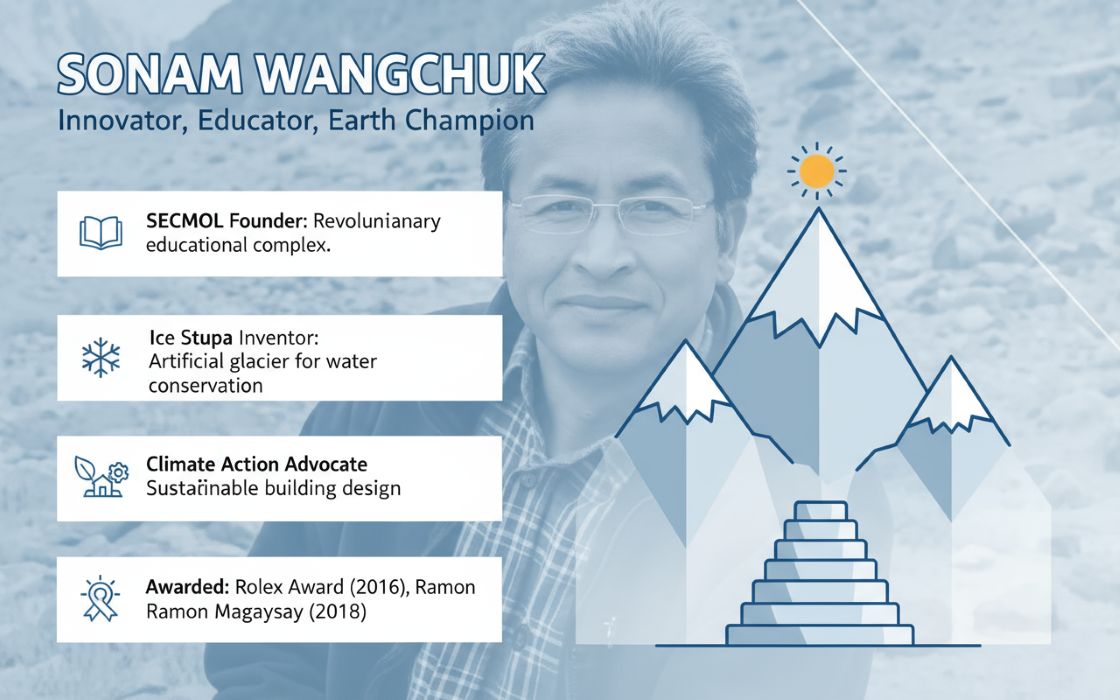In a world where social disparities often dictate the quality of life, Samarpan Trust stands as a force of equity and empowerment, working at the intersection of healthcare, education, and social welfare. What sets this organization apart is its commitment to serving both rural communities and urban slums—two vastly different landscapes with unique but equally pressing challenges. By addressing healthcare gaps, promoting education, and fostering vocational training, Samarpan takes a multidimensional approach to development, ensuring that marginalized populations are not just recipients of aid but active participants in their own progress. Its initiatives extend beyond immediate relief, aiming to create sustainable solutions that reshape the socio-economic fabric of these communities.
 At the helm of this transformative movement is Courtney Lalotra, Founder and Director of Samarpan Trust, whose vision has propelled the organization beyond conventional models of charity. Under her leadership, Samarpan integrates mental health advocacy, environmental sustainability, and digital education into its core initiatives, recognizing that true empowerment comes from a holistic, long-term investment in people. Through grassroots engagement and strategic partnerships, the Trust continues to challenge systemic barriers while fostering self-reliance among those it serves. In this conversation, Courtney Lalotra shares the philosophy behind Samarpan’s work, the challenges of bridging rural-urban divides, and the roadmap for a future where every individual, regardless of background, has the opportunity to thrive.
At the helm of this transformative movement is Courtney Lalotra, Founder and Director of Samarpan Trust, whose vision has propelled the organization beyond conventional models of charity. Under her leadership, Samarpan integrates mental health advocacy, environmental sustainability, and digital education into its core initiatives, recognizing that true empowerment comes from a holistic, long-term investment in people. Through grassroots engagement and strategic partnerships, the Trust continues to challenge systemic barriers while fostering self-reliance among those it serves. In this conversation, Courtney Lalotra shares the philosophy behind Samarpan’s work, the challenges of bridging rural-urban divides, and the roadmap for a future where every individual, regardless of background, has the opportunity to thrive.
Scroll down to read the full interview:
Q. How does Samarpan Trust's approach to community service differ from other non-profit organizations working in India, especially in terms of its focus on both rural and urban slum areas?
A. Samarpan Trust's approach is unique in that it focuses on both rural and urban slum areas, addressing the specific needs of each. While many organizations focus on either rural or urban communities, Samarpan Trust’s inclusive strategy ensures it reaches vulnerable populations in both settings. In rural areas, Samarpan focuses on basic hygiene and healthcare, quality education, and vocational training, while in urban slums, we emphasize on issues like educational needs, career advancement, and access to social welfare services. This dual focus allows Samarpan to cater to the specific challenges faced by these distinct populations while promoting holistic community development.
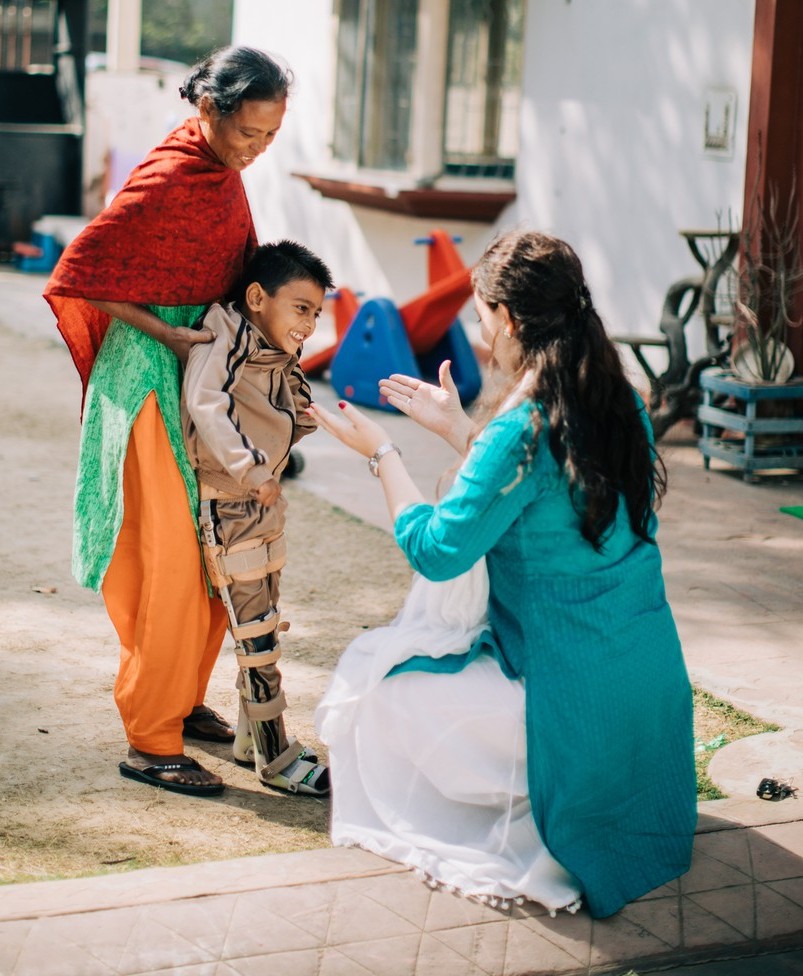 Q. Considering Samarpan Trust’s extensive medical and educational outreach, how do you think the trust could further amplify its impact in terms of long-term community health and education outcomes?
Q. Considering Samarpan Trust’s extensive medical and educational outreach, how do you think the trust could further amplify its impact in terms of long-term community health and education outcomes?
A. To amplify its impact, Samarpan Trust could consider integrating more sustainable health and education programs, such as long-term health awareness campaigns and after-school support systems. We could also build local partnerships with schools, healthcare centers, and local businesses to ensure consistent access to resources and support. Additionally, implementing data-driven programs with continuous monitoring could help assess the progress and fine-tune strategies to enhance both healthcare and education outcomes over time.
Q. The trust’s vocational training and women empowerment initiatives are key aspects of its mission. In what ways can these programs be expanded or enhanced to promote not just financial independence, but also broader social and cultural empowerment?
A. To enhance these programs, Samarpan Trust could expand its offerings to include leadership training, entrepreneurship skills, and financial literacy workshops. These would empower women not just economically, but also socially and culturally by boosting their confidence and leadership abilities. Moreover, promoting social inclusion initiatives like awareness campaigns on women’s rights or partnerships with local cultural institutions could help shift societal norms, breaking down barriers and expanding women's roles in the community.
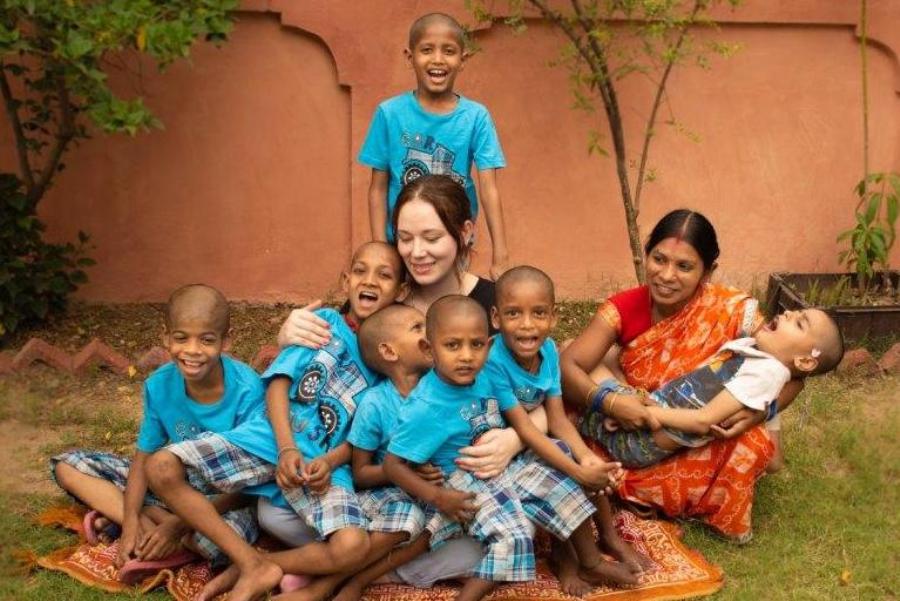 Q. How might Samarpan Trust incorporate emerging mental health challenges into its current healthcare initiatives, especially in marginalized communities, and what unique strategies could they employ to address stigma and access barriers?
Q. How might Samarpan Trust incorporate emerging mental health challenges into its current healthcare initiatives, especially in marginalized communities, and what unique strategies could they employ to address stigma and access barriers?
A. At present Samarpan Trust integrates mental health services by offering counseling, mental wellness workshops, and community support groups, particularly in underserved areas. Unique strategies we utlize include creating peer support networks to normalize discussions around mental health and partnering with local leaders or influencers to address stigma. We also collaborate with international platforms to improve the broader education on mental health services, ensuring that even those not aware of the term "mental health" are benefitted from professional care.
Q. With the increasing importance of environmental sustainability, how can Samarpan Trust incorporate green initiatives into its ongoing community programs, particularly in the areas it already serves?
A. Samarpan Trust has plans to introduce green initiatives such as waste management programs, tree planting drives, and promoting sustainable farming techniques in rural areas. Currently, in the urban slums of our target areas, we educate the youth on creating cleaner, greener public spaces, and offer workshops on energy-saving practices and environmental awareness. We also integrated green practices into our women's handicraft program by creating handmade. products our of recycled cloth as a way to empower communities while promoting environmental responsibility.
Q. Samarpan Trust reaches hundreds of children with basic education. What innovative approaches could the trust take to integrate digital learning tools in these underserved areas to increase access to quality education?
A. Samarpan Trust could introduce digital education through low-cost tablets or smartphones, coupled with localized educational apps that are tailored to the learning needs of children in these communities. Additionally, we could set up mobile learning units or digital classrooms in community centers, allowing children to access online resources. Partnering with tech companies for digital infrastructure or creating offline solutions (e.g., pre-loaded educational content) could overcome connectivity issues in remote areas. At present, we are running a SOLE lab at Samarpan in which virtual volunteers zoom in to share on various topics with the students. Students are then encouraged to search on the laptops on said topic and learn additional facts. We can introduce this type of program on a larger scale.
Q. Given that Samarpan Trust’s programs are community-driven, how can the trust ensure that it continues to maintain relevance to local needs while scaling its impact nationally?
A. Samarpan Trust maintains relevance by continuously involving local communities in the planning and decision-making processes. Conducting regular needs assessments, collecting feedback, and adjusting programs accordingly ensures that local challenges are met. To scale nationally, we have plans to replicate our successful models in other areas, adapting them to local contexts and forging partnerships with regional organizations to strengthen the network.
Q. What role do partnerships with government bodies and other NGOs play in the sustainability of Samarpan Trust's initiatives, and how might these collaborations evolve to meet new challenges in the future?
A. Partnerships with government bodies and NGOs play a critical role in enhancing the reach and effectiveness of SamarpanTrust’s initiatives. These collaborations can provide financial resources, expertise, and policy support. In the future, these partnerships could evolve to address emerging challenges such as climate change, mental health, and education reforms. Collaborative efforts might include joint research projects, funding for scalable initiatives, and coordinated responses to crises.
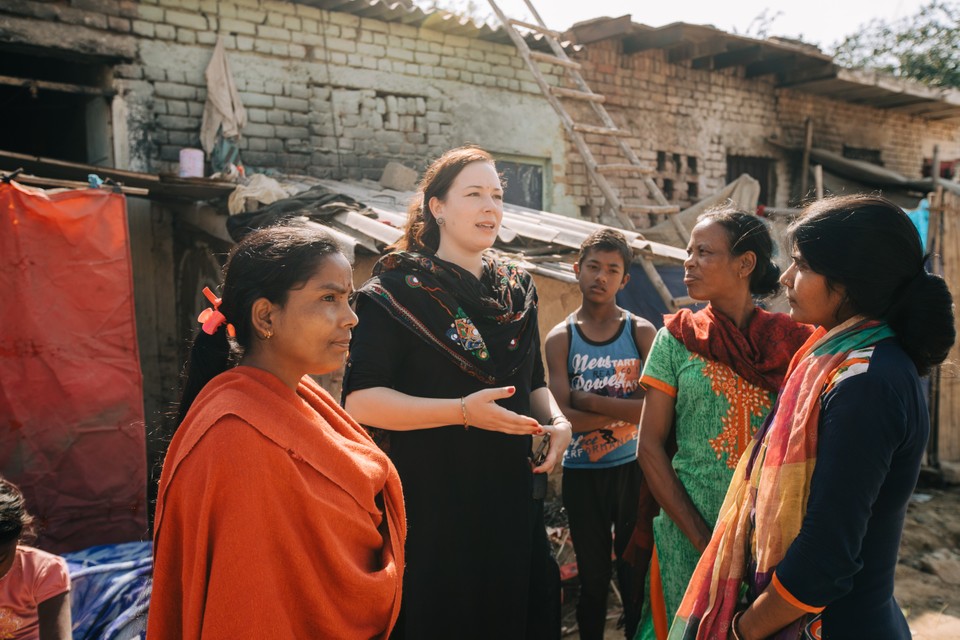 Q. In terms of empowering marginalized women through vocational training and providing sanitary pads, how does Samarpan Trust address both the immediate physical needs and the underlying social issues that these women face?
Q. In terms of empowering marginalized women through vocational training and providing sanitary pads, how does Samarpan Trust address both the immediate physical needs and the underlying social issues that these women face?
A. Samarpan Trust addresses immediate physical needs by providing sanitary pads, which are essential for women’s health and dignity. At the same time, the vocational training equips women with the skills needed for financial independence, helping them overcome economic dependence and social marginalization. Additionally, our programs focus on building awareness around women’s health and rights, helping women gain a sense of self-worth and reducing social stigmas.
Q. How can Samarpan Trust measure and communicate the broader societal impact of its work in communities, beyond the immediate benefits of its healthcare, education, and empowerment programs?
A. Samarpan Trust measures the broader impact by conducting longitudinal studies, tracking long-term outcomes like improved quality of life, changes in local economies, and shifts in social norms. By sharing success stories, collecting testimonies, and utilizing impact reports that capture both quantitative data and qualitative narratives, we communicate our broader societal influence. Future plans for collaborating with independent evaluators and academic institutions could also lend credibility to our impact assessments.
 Q. How can Samarpan Trust’s future vision, which includes expanding into mental health, environmental sustainability, and digital education, reshape the landscape of community development in India, and what key strategies should be prioritized to ensure these initiatives are effectively integrated into existing programs?
Q. How can Samarpan Trust’s future vision, which includes expanding into mental health, environmental sustainability, and digital education, reshape the landscape of community development in India, and what key strategies should be prioritized to ensure these initiatives are effectively integrated into existing programs?
A. By expanding into mental health, sustainability, and digital education, Samarpan Trust sets a precedent for holistic community development, addressing the interconnectedness of health, environment, and education. To integrate these new initiatives, we prioritize training staff, building partnerships with specialists in each area, and ensuring alignment with existing programs. Additionally, community engagement, awareness campaigns, and the development of locally appropriate solutions are crucial in effectively embedding these new initiatives into communities.




 At the helm of this transformative movement is Courtney Lalotra, Founder and Director of Samarpan Trust, whose vision has propelled the organization beyond conventional models of charity. Under her leadership, Samarpan integrates mental health advocacy, environmental sustainability, and digital education into its core initiatives, recognizing that true empowerment comes from a holistic, long-term investment in people. Through grassroots engagement and strategic partnerships, the Trust continues to challenge systemic barriers while fostering self-reliance among those it serves. In this conversation, Courtney Lalotra shares the philosophy behind Samarpan’s work, the challenges of bridging rural-urban divides, and the roadmap for a future where every individual, regardless of background, has the opportunity to thrive.
At the helm of this transformative movement is Courtney Lalotra, Founder and Director of Samarpan Trust, whose vision has propelled the organization beyond conventional models of charity. Under her leadership, Samarpan integrates mental health advocacy, environmental sustainability, and digital education into its core initiatives, recognizing that true empowerment comes from a holistic, long-term investment in people. Through grassroots engagement and strategic partnerships, the Trust continues to challenge systemic barriers while fostering self-reliance among those it serves. In this conversation, Courtney Lalotra shares the philosophy behind Samarpan’s work, the challenges of bridging rural-urban divides, and the roadmap for a future where every individual, regardless of background, has the opportunity to thrive. Q. Considering Samarpan Trust’s extensive medical and educational outreach, how do you think the trust could further amplify its impact in terms of long-term community health and education outcomes?
Q. Considering Samarpan Trust’s extensive medical and educational outreach, how do you think the trust could further amplify its impact in terms of long-term community health and education outcomes? Q. How might Samarpan Trust incorporate emerging mental health challenges into its current healthcare initiatives, especially in marginalized communities, and what unique strategies could they employ to address stigma and access barriers?
Q. How might Samarpan Trust incorporate emerging mental health challenges into its current healthcare initiatives, especially in marginalized communities, and what unique strategies could they employ to address stigma and access barriers? Q. In terms of empowering marginalized women through vocational training and providing sanitary pads, how does Samarpan Trust address both the immediate physical needs and the underlying social issues that these women face?
Q. In terms of empowering marginalized women through vocational training and providing sanitary pads, how does Samarpan Trust address both the immediate physical needs and the underlying social issues that these women face? Q. How can Samarpan Trust’s future vision, which includes expanding into mental health, environmental sustainability, and digital education, reshape the landscape of community development in India, and what key strategies should be prioritized to ensure these initiatives are effectively integrated into existing programs?
Q. How can Samarpan Trust’s future vision, which includes expanding into mental health, environmental sustainability, and digital education, reshape the landscape of community development in India, and what key strategies should be prioritized to ensure these initiatives are effectively integrated into existing programs?
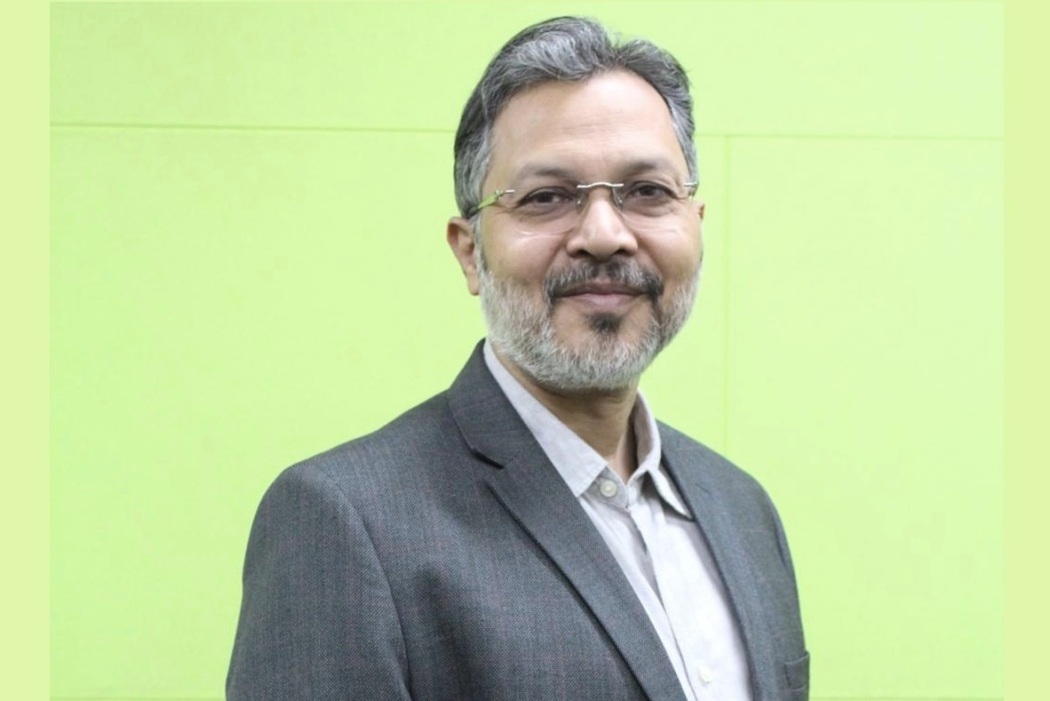
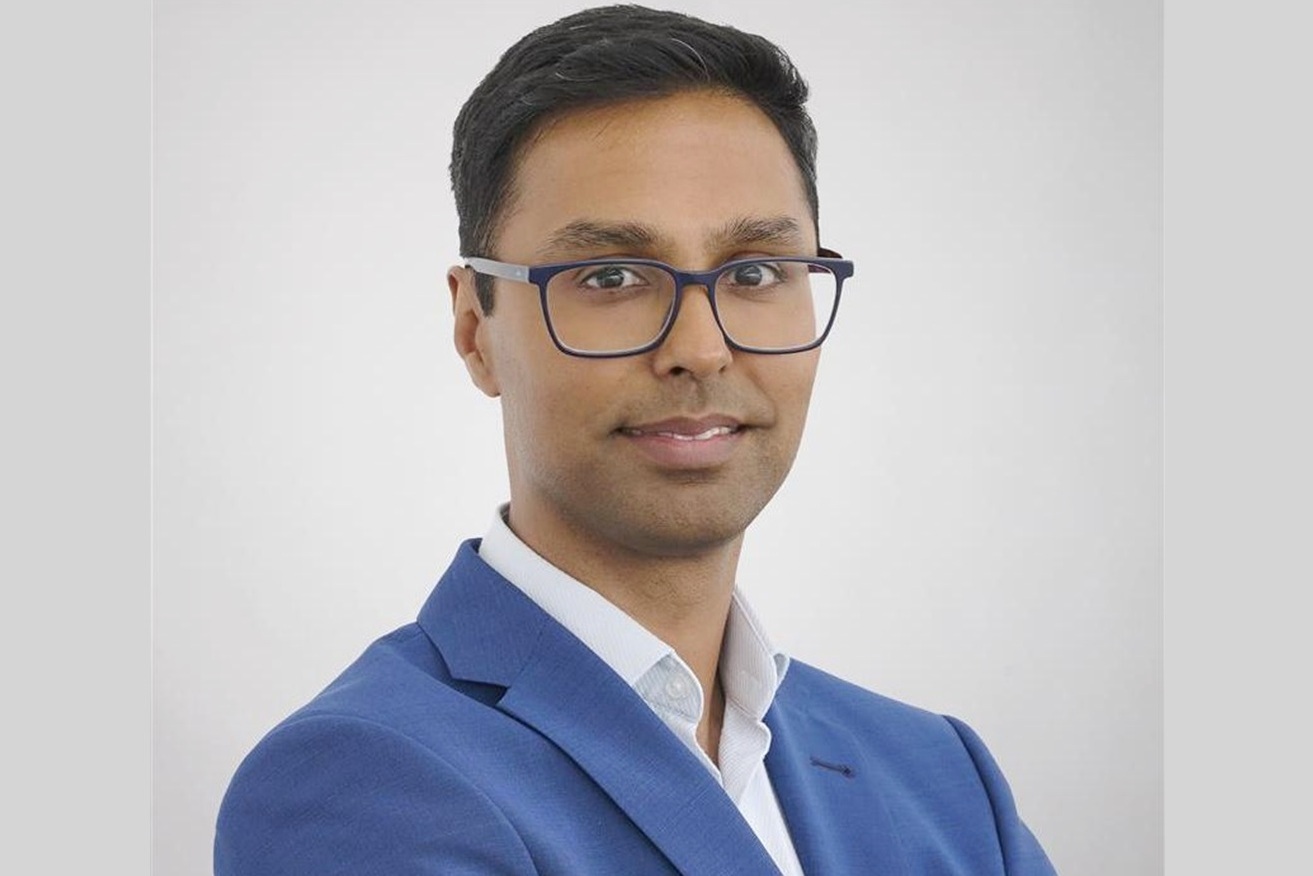

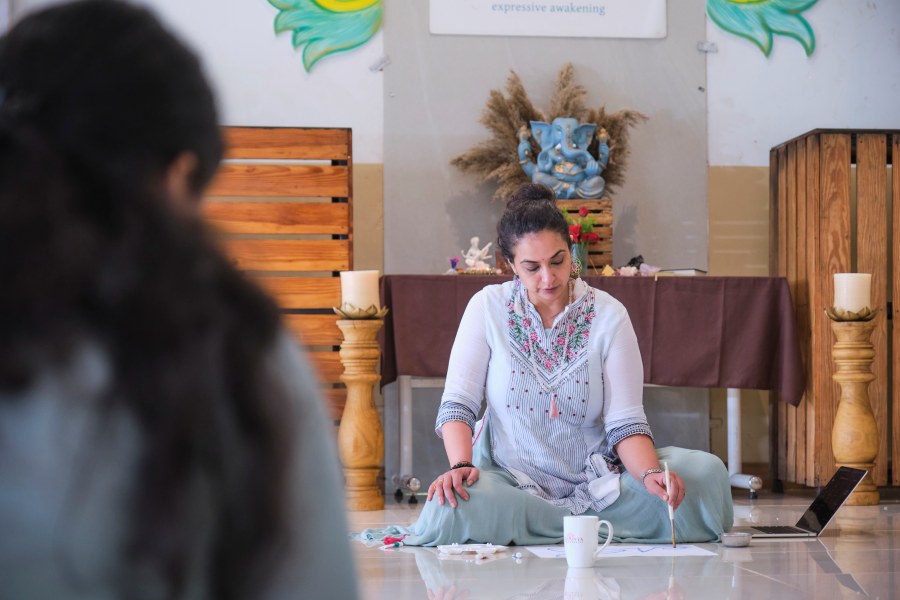
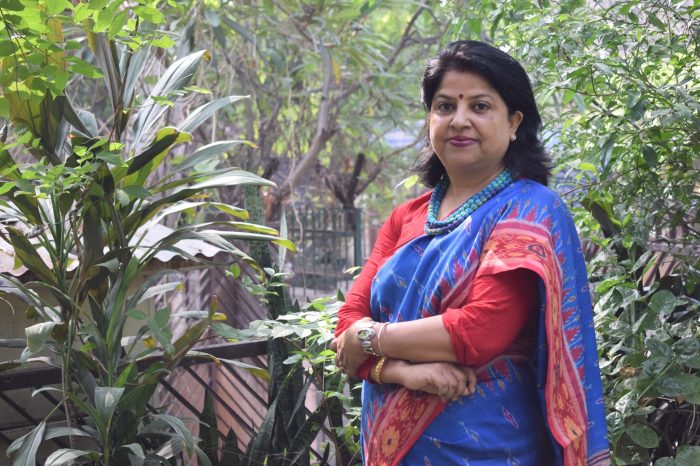

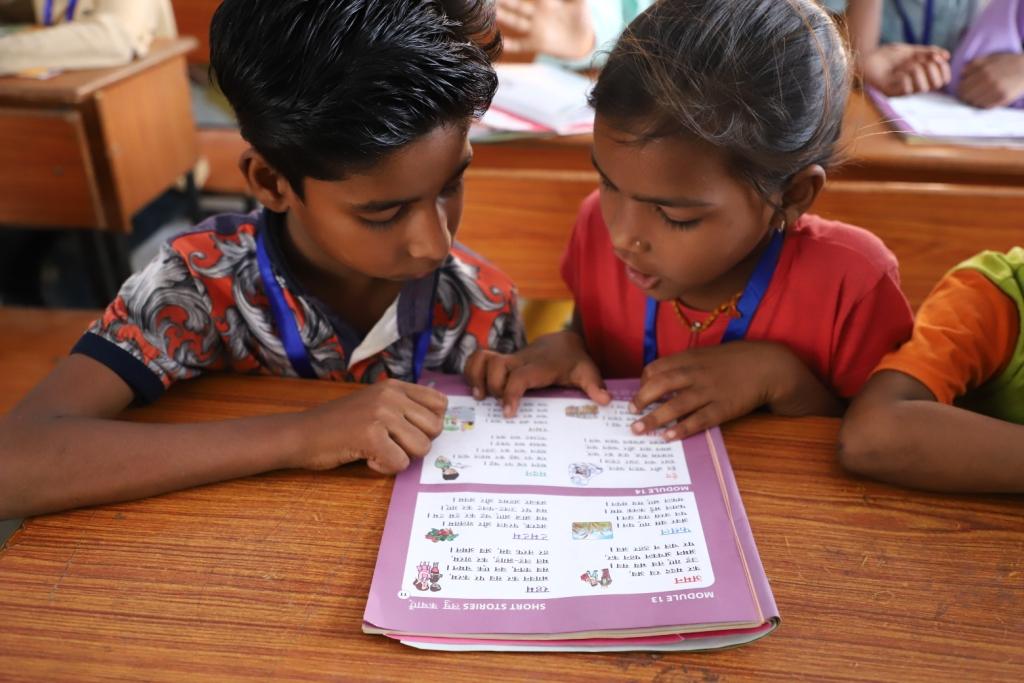
.jpg)

